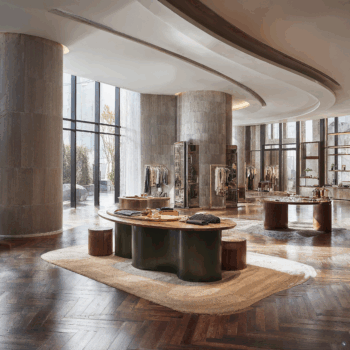
A marvel of form and function, modern auditoriums combine aesthetic beauty with optimal acoustics to create an immersive experience for audiences. No longer just venues for performances or speeches, these spaces are meticulously designed to enhance the sensory experience through thoughtful design, material choices, and spatial planning.
The primary goal of any auditorium is to ensure that every audience member, regardless of seating location, can enjoy crystal-clear sound and unobstructed views. To achieve this, modern auditorium design places a significant emphasis on acoustics. Walls and ceilings are often treated with sound-absorbing materials such as wood panels, acoustic tiles, or fabric-wrapped panels to reduce echoes and reverberation. These elements ensure that sound travels evenly throughout the space, allowing every word, note, or sound effect to be heard with clarity.
Equally important is the visual aspect of the space. A modern auditorium balances aesthetics with functionality, creating a visually stunning environment that complements the performance. Clean lines, sleek finishes, and a harmonious color palette create a sense of luxury and sophistication, while strategic lighting enhances the mood and focus on the stage. LED lighting is often integrated into the design, offering energy efficiency while allowing for dynamic lighting effects that can change the ambiance in real-time.
Seating is another critical component of modern auditorium design. Comfortable, ergonomic seats arranged in a tiered layout ensure that every audience member has a clear view of the stage. Designers also incorporate accessibility features such as wider aisles and designated spaces for wheelchair users to create an inclusive environment for all attendees.
The choice of materials plays a crucial role in creating a luxurious auditorium. High-quality wood, stone, and metal finishes contribute to both the aesthetic appeal and the acoustic performance of the space. Additionally, materials are selected for their durability and ease of maintenance, ensuring that the auditorium remains pristine and functional for years to come.
In the end, modern auditoriums are designed to provide a seamless fusion of form and function, where every detail contributes to an unforgettable experience for the audience. From the acoustics to the seating, these spaces set the stage for exceptional performances.
Read more about acoustical design in Innovations in Architectural Sound Design.







